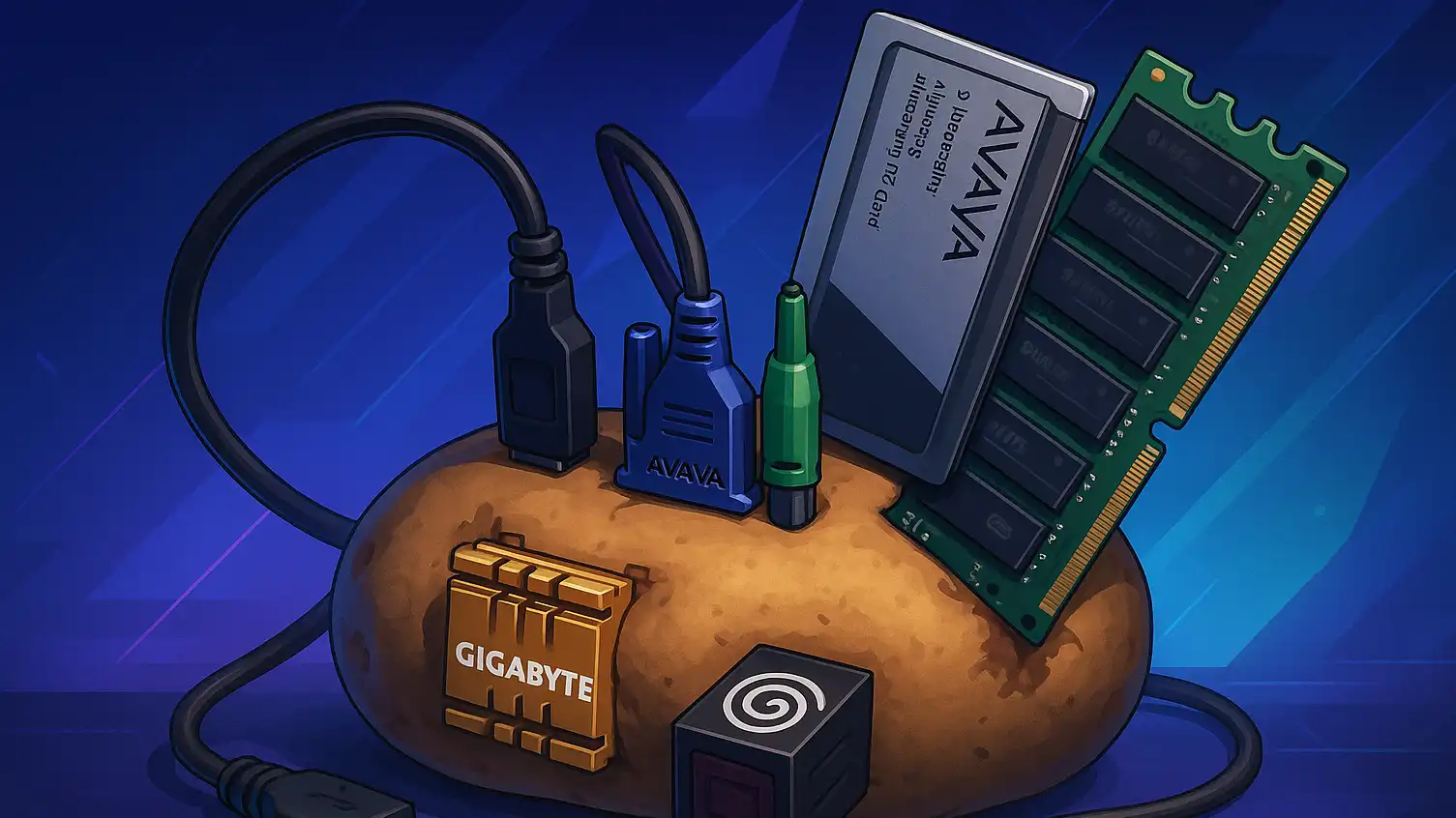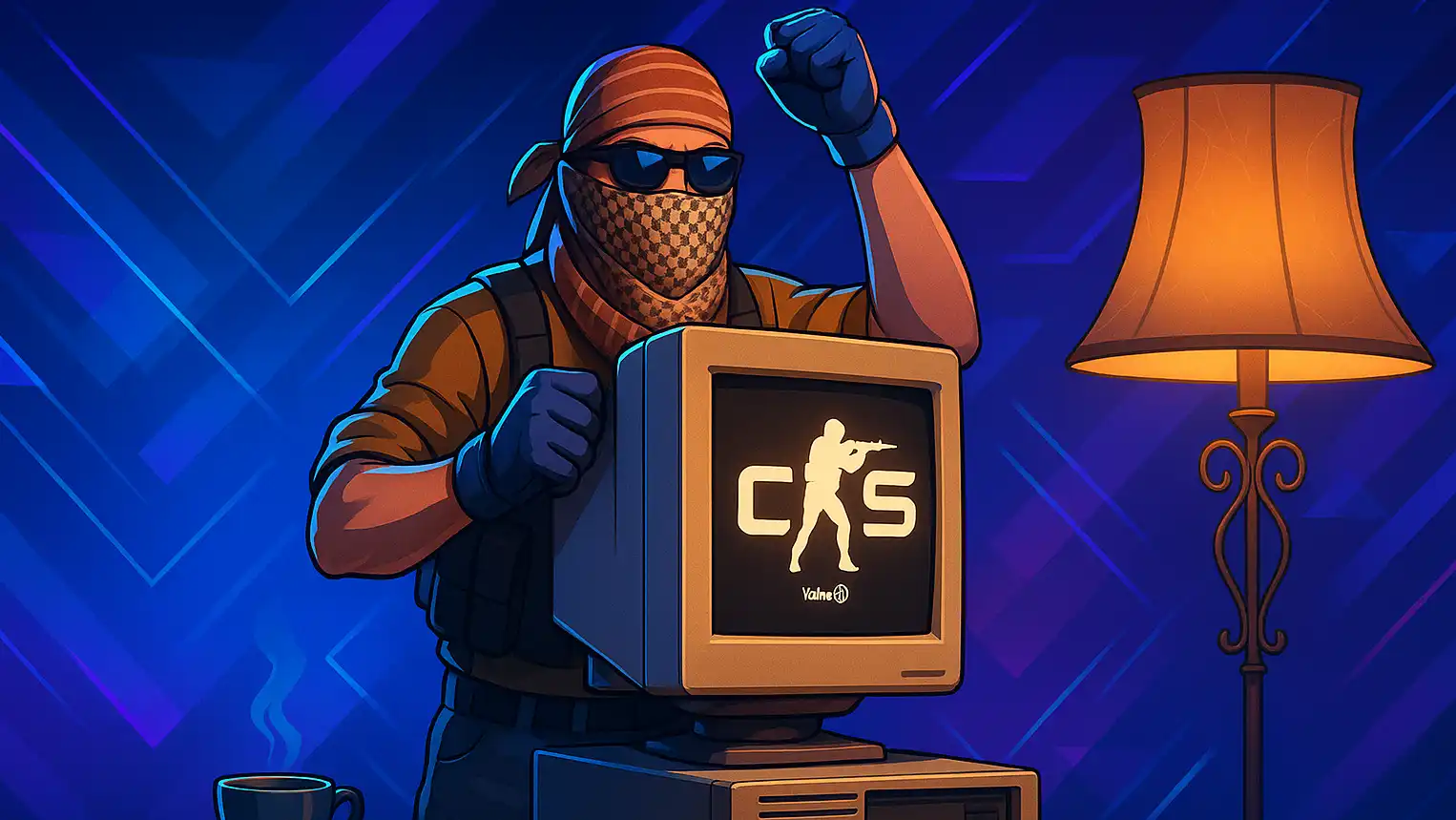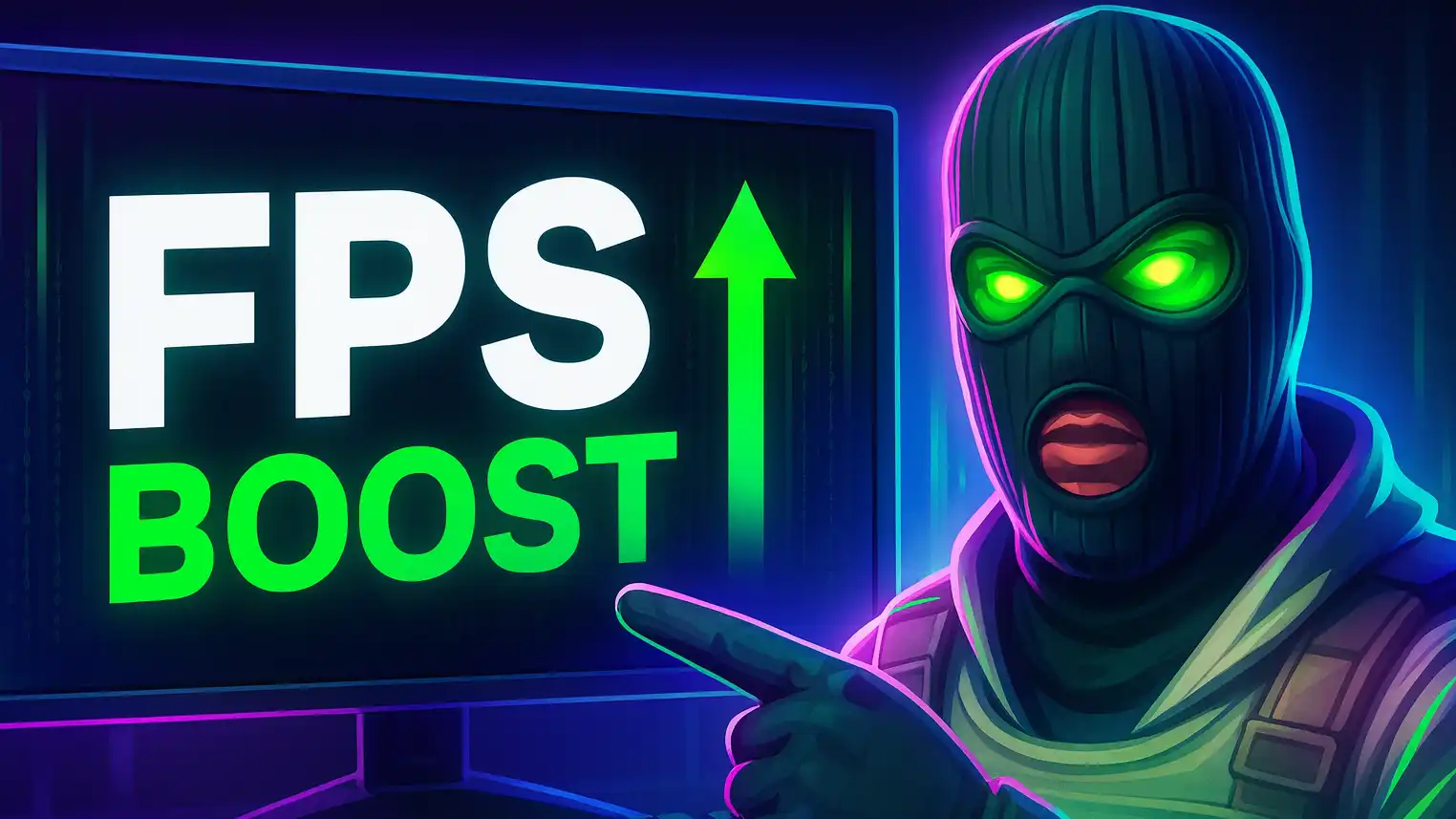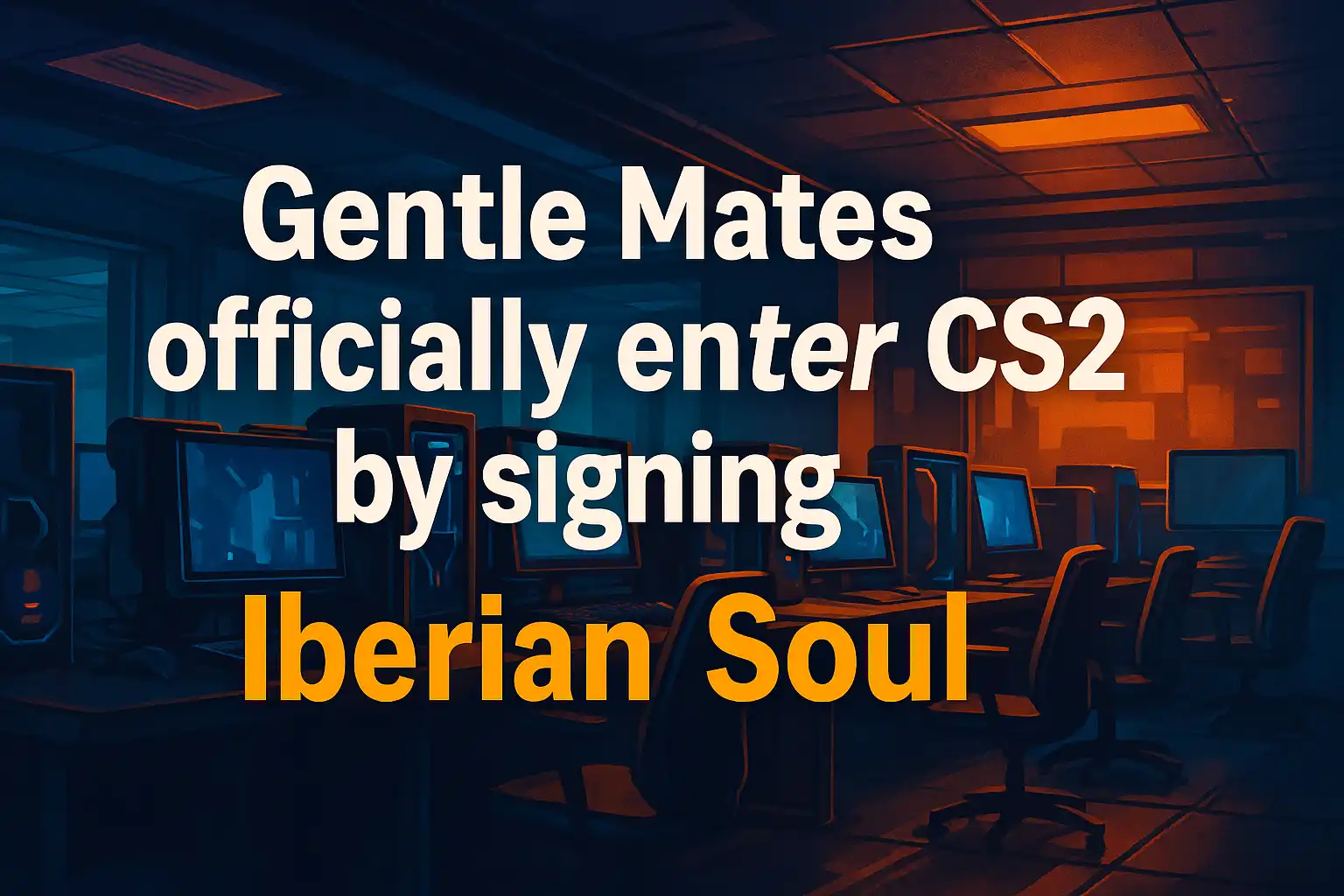CS2 Low PC Guide 2025: How to Play Counter-Strike on a Potato PC

Hey gamers, if you're trying to dive into Counter-Strike 2 (CS2) but your rig is more "potato PC" than powerhouse, don't sweat it. We've all been there—dealing with laggy frames, stuttering action, and that frustrating low FPS in CS2. The good news? With the right tweaks, you can turn your budget setup into a playable machine. This CS2 low PC guide is your go-to resource for optimizing performance, whether you're on a dusty desktop or a basic laptop. We'll break down how to play CS2 on a potato PC, including the best CS2 settings for low-end hardware and some handy tips to squeeze out every last frame.
In this CS2 settings laptop guide, we'll cover everything from basic system checks to in-game adjustments and even a few hardware hacks. By the end, you'll have a smoother experience without needing to upgrade your entire setup. Let's jump in and get your game running like butter.
Getting Started: Check Your System for CS2 Compatibility
Before we dive into the nitty-gritty of CS2 low PC settings guide, make sure your machine can handle the basics. CS2 isn't as demanding as some triple-A titles, but low-end PCs need to meet these minimum specs for a shot at decent play:
- Operating System: Windows 10 (64-bit) or newer
- Processor: Something like an Intel Core i3-4340 or AMD FX-6300
- Memory: At least 8 GB RAM (though 4 GB might work in a pinch, expect hiccups)
- Graphics: NVIDIA GeForce GTX 660, AMD Radeon HD 7850, or equivalent integrated graphics
- DirectX: Version 11
- Storage: 85 GB free space
If your setup falls into the "potato PC" category—think older Intel Core i3/i5, AMD Ryzen 3, limited RAM, or integrated GPUs like Intel HD Graphics—you're in the right place. These machines have their limits, but smart optimizations can make CS2 playable. First things first: update everything. Grab the latest GPU drivers from NVIDIA, AMD, or Intel's site, run Windows updates, and install fresh versions of DirectX and Visual C++. These steps alone can fix common low FPS CS2 problems and give you a solid foundation.
You can also check the video from 3kliksphilip - Is CS2 on a Minimum Spec PC Playable?
Best CS2 Settings for Low-End PCs and Laptops
The heart of any CS2 low PC guide is tweaking those in-game settings. Head to the Video tab in CS2's options menu and dial things down for maximum performance. The goal? Prioritize FPS over fancy visuals. Here's our recommended CS2 low PC settings guide to get you started:
Video Settings Breakdown
- Resolution: Drop it to 1024x768. Lower res means less strain on your GPU, boosting FPS without making the game unplayable.
- Aspect Ratio: Stick with 4:3 for a stretched view that can feel more responsive in competitive play.
- Global Shadow Quality: Set to Low—shadows are FPS killers on potato PCs.
- Model/Texture Detail: Low. You won't notice the difference in the heat of a match.
- Texture Filtering Mode: Bilinear. It's the lightest option for smooth textures without performance hits.
- Effect Detail: Low to minimize particle effects like explosions.
- Shader Detail: Low—shaders add polish but eat resources.
- Boost Player Contrast: Turn this On. It makes enemies pop without costing much FPS.
- Multicore Rendering: On. Lets your CPU spread the load for better efficiency.
- Multisampling Anti-Aliasing Mode (MSAA): None. Anti-aliasing is a luxury you can't afford here.
- FXAA Anti-Aliasing: Off for the same reason.
- Texture Streaming: Enabled to load assets smarter and reduce stuttering.
- Vertical Sync: Off—avoids input lag, even if it means some screen tearing.
- Motion Blur: Off. Who needs blurry effects slowing you down?
- Triple-Monitor Mode: Off, unless you're somehow running multiple screens on a low-end setup.
These tweaks should net you a stable 30-60 FPS on most low-end machines. If you're following this CS2 settings laptop guide, test in a casual match and adjust based on your hardware.

Advanced Video Tweaks for Extra Performance
For deeper optimization in your how to play CS2 on potato PC journey:
- NVIDIA Reflex Low Latency: Enable if you've got an NVIDIA card—it cuts down on input delay for snappier controls.
- FidelityFX CAS: Set to Low for a bit of image sharpening with minimal overhead.
- Shader Cache: Enable to store shaders and cut down on in-game hitches.
- Max Frame Rate: Cap at 60 FPS or your monitor's refresh rate to keep things stable and prevent overheating.
Pro tip: If input lag is still bugging you, check out guides on fixing it—small changes like these can make CS2 feel way more responsive on laptops.
You can also check this articles to make your CS2 settings even better:
- How to Increase FPS in CS2: Full Guide [2025]
- How to Play CS2 on a Low-End PC: Ultimate Guide [2025]
- How to Fix Input Lag in CS2: Ultimate Guide [2025]
- How to Show FPS in CS2: Commands and Binds [2025]
Network Tips to Reduce Lag in CS2
Even the best CS2 low PC settings won't help if your connection is trash. For online play:
- Switch to a wired Ethernet setup if possible—Wi-Fi can introduce packet loss on low-end systems.
- Use ping optimizers like ExitLag or PingBooster to route your connection better and drop that high ping.
These steps ensure your potato PC isn't fighting both hardware and network issues.
Hardware Upgrades for Better CS2 Performance on a Budget
While this CS2 low PC guide focuses on software tweaks, a few cheap upgrades can transform how you play CS2 on a potato PC:
- RAM Boost: Jump to 8 GB or more if you're under that—CS2 loves extra memory for multitasking.
- SSD Swap: Install the game on an SSD instead of an HDD. Load times plummet, and stuttering vanishes.
- GPU Upgrade: If you can swing it, grab a budget card like the NVIDIA GTX 1650 or AMD RX 570. It'll let you crank up settings a notch.
- Cooling Fixes: Add a fan or clean your vents to avoid thermal throttling, which tanks FPS on laptops.
These aren't must-haves, but they're game-changers for long-term play.
How to Boost FPS Further in CS2 on Low-End Hardware
Want even more frames? In this CS2 settings laptop guide, here's how:
- Lower resolution even more (try 800x600 if needed)—it can add up to 30% more FPS by easing GPU load.
- Close background apps to free up RAM and CPU.
- Use console commands for fine-tuning (open the console with ~ and try things like fps_max 0 for uncapped frames or cl_forcepreload 1 to preload maps).
Experiment in practice mode to find your sweet spot. Remember, the key to how to play CS2 on a potato PC is balancing playability with performance—don't sacrifice too much visibility.

Wrapping Up Your CS2 Low PC Adventure
There you have it—a complete CS2 low PC guide to get you fragging without frustration. Whether it's tweaking those CS2 low PC settings or simple upgrades, these tips should help you enjoy the game on even the humblest hardware. Hit the comments if you've got your own tricks for running CS2 on a laptop or potato PC—we'd love to hear them. Happy gaming, and see you in the servers!
What people ask? Short FAQ
How to optimize CS2 for low-end PC in 2025?
- Best CS2 Settings for Low-End PC in 2025:
- Resolution: 1024×768
- Aspect Ratio: 4:3
- Global Shadow Quality: Low
- Model / Texture Detail: Low
- Texture Filtering Mode: Bilinear
- Effect Detail: Low
- Shader Detail: Low
- Boost Player Contrast: On
How to fix CS2 low FPS in 2025?
Update graphics drivers, close background applications, disable VSync, lower demanding in-game settings (like shadows and texture detail), and consider enabling NVIDIA Reflex or AMD FSR. Also, optimize Windows power settings and tweak Steam's interface and background features.
How to fix CS2 crashing on PC in 2025?
- Update your graphics driver
- Check your PC temperatures at BIOS or AIDA64
- Update Windows
- Run the game in compatibility mode
- Verify the game files' integrity
- Disable conflicting applications
- Run SFC and DISM checks
- Clean install Counter-Strike 2



